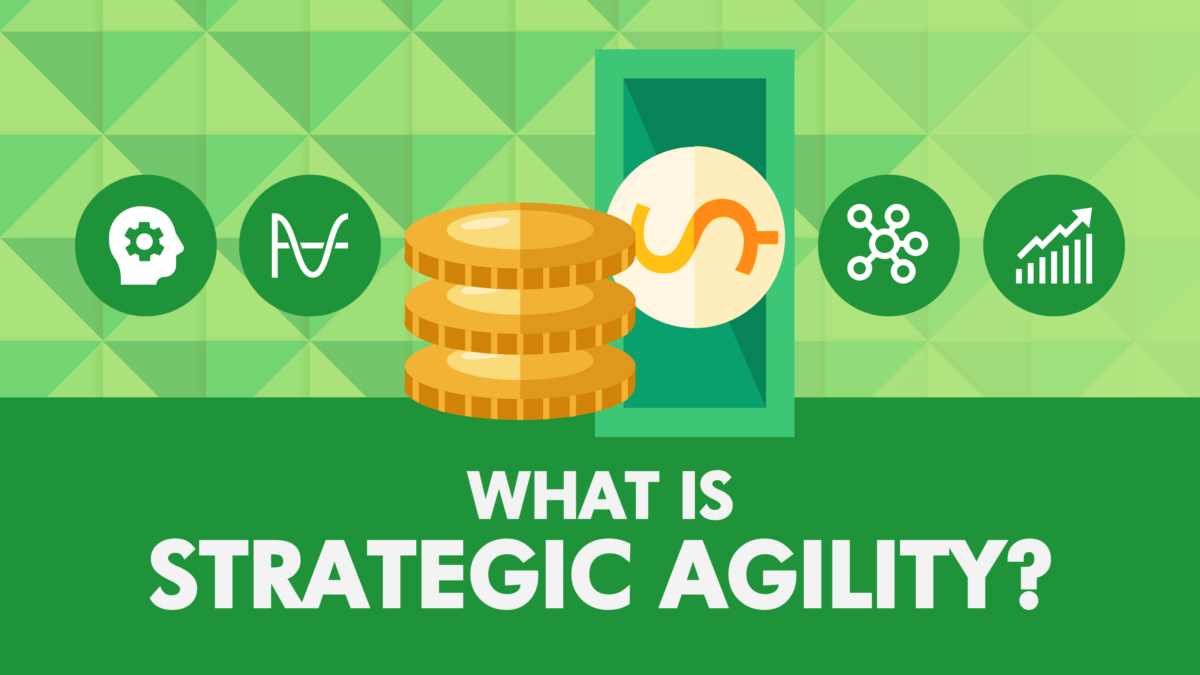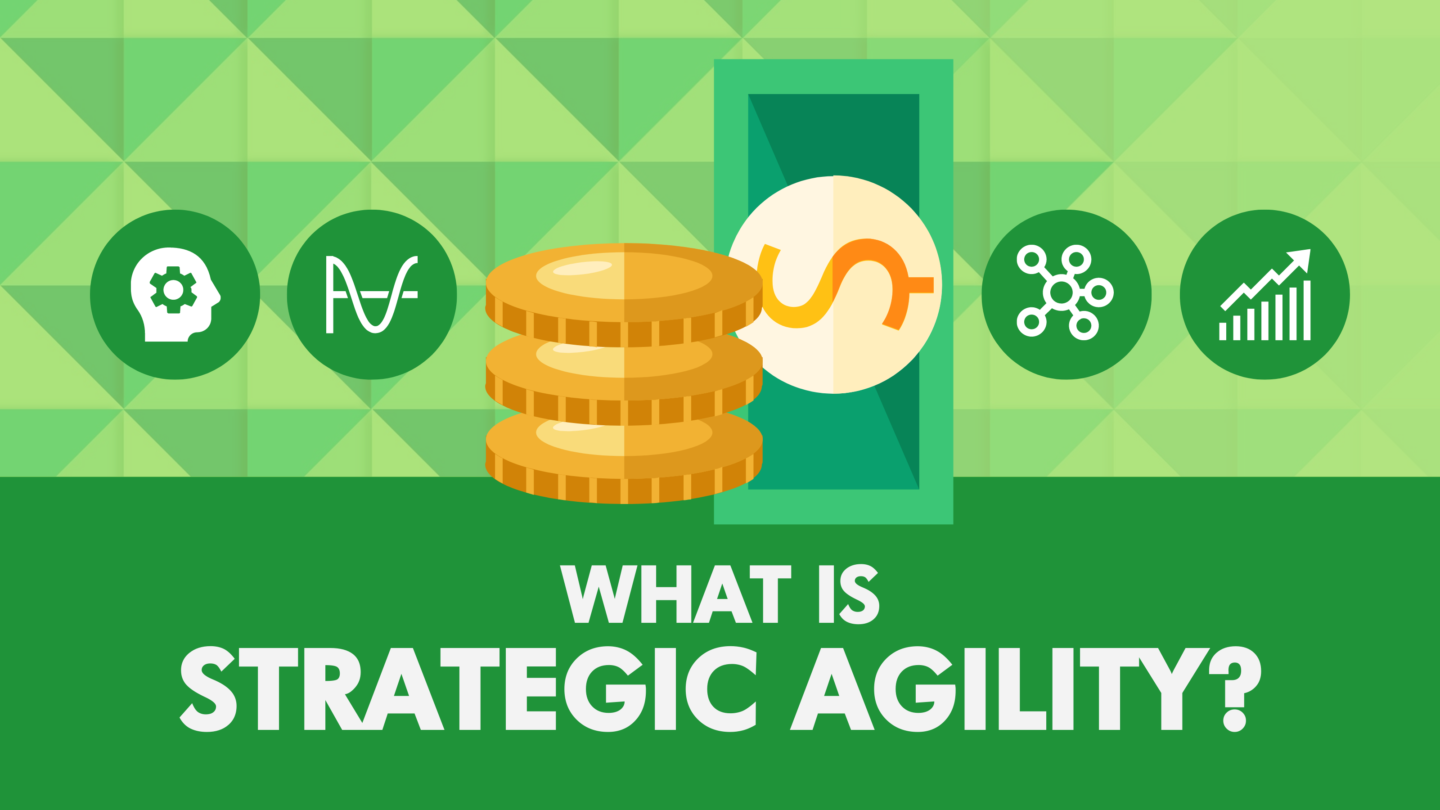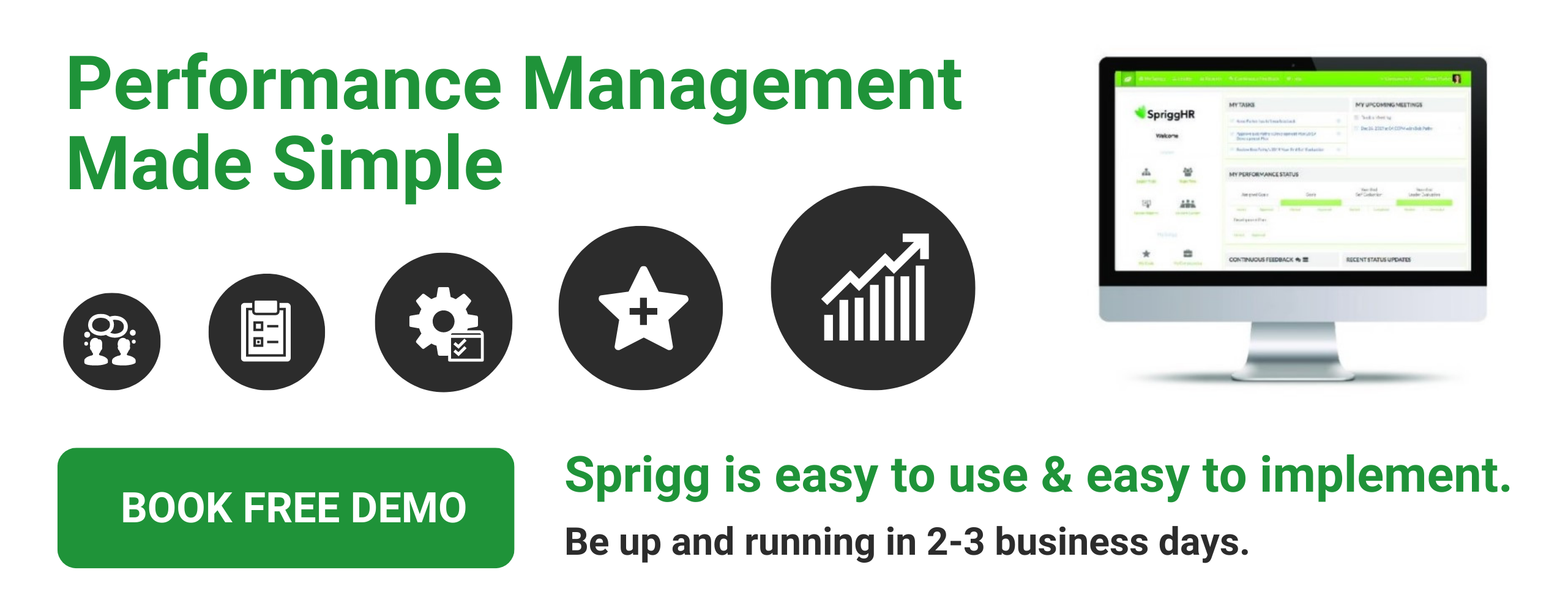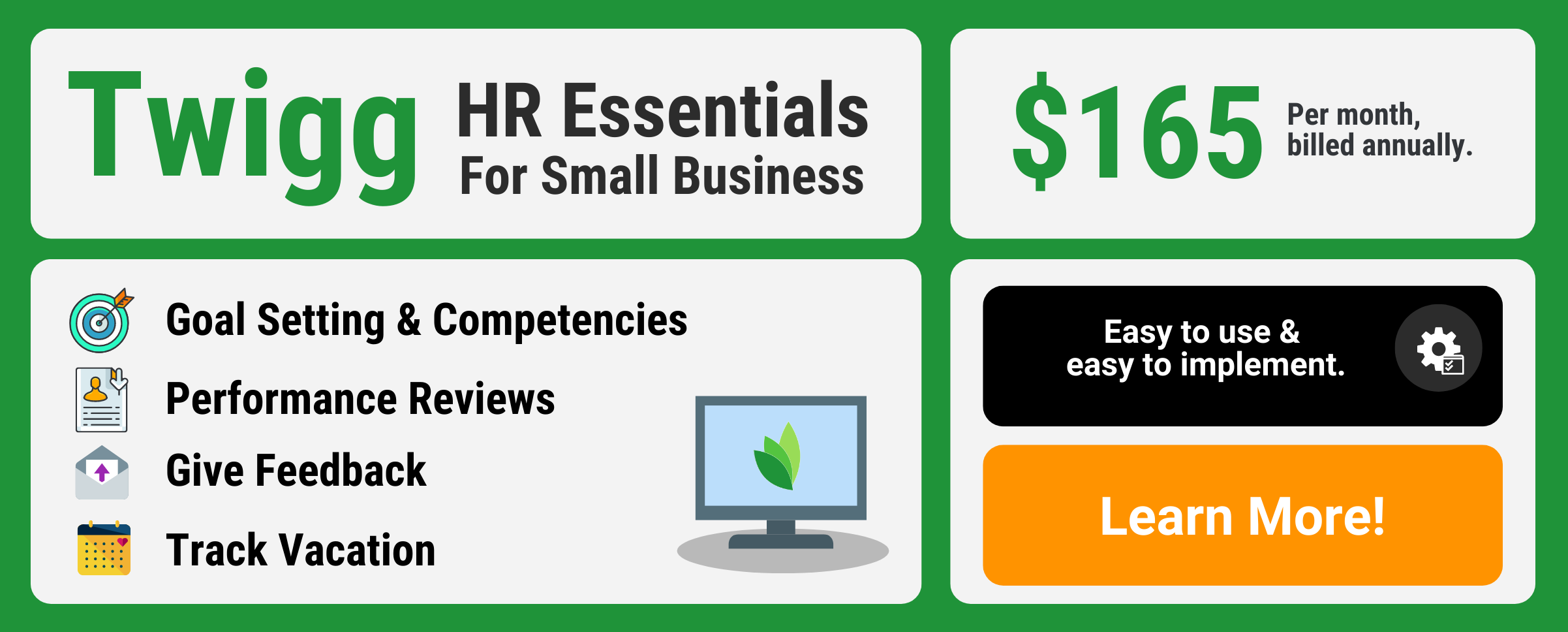
What is Strategic Agility?
In a fast-paced business world, being able to adapt to sudden changes in market conditions or customer needs is as important as ever. Regardless of the source of a business disruption, the ability to respond quickly and rework your organization to suit the new environment is a valuable asset for any modern business today. This asset is referred to as strategic agility.
What Is Strategic Agility?
Strategic agility refers to a company’s ability to quickly and appropriately respond to, or drive, change, while maintaining flexibility and focus. It is a complicated practice, and it requires a significant amount of work and continuous effort to maintain strong strategic agility.
At its core, it relies on the intentional efforts from a company’s leaders and managers to design and construct an organizational structure in which information can flow seamlessly throughout the company. The key to adapting quickly is communicating quickly, so an ease in communicative flow throughout all levels of the organization is equally vital. In addition, it requires efforts in teaching employees at all levels to think strategically, keeping one eye on the future of the business while the other remains focused on what needs to get done today.
Strategic Agility vs. Operational Agility
The term “strategy” in management and Human Resources is contested territory, and so too is the term “Agile”. Used differently by various practitioners, writers, and thought leaders, there is no one clear sense of strategy that is universally correct. However, there is a clear distinction that can be drawn when it comes to agility in business.
Oftentimes, strategic agility and operational agility are noted as the two areas in which adaptions to market and business conditions are driven. Operational agility refers to the review of currently existing products to provide a better, faster, and cheaper way for quicker release to customers. Strategic agility, as we have already discussed, refers to the adaption to new market environments / conditions. Meaning, in some case, it involves the creation of entirely new markets, with new products, that will reach customers.
Operational agility is beneficial, and in some cases, essential to business growth. However, it does not yield significant financial gain for companies. The modern marketplace is one where competitors are quicker than ever in matching their product improvements to existing services. Power in the market has shifted from brands to customers, making it difficult for organizations to monetize the improvements they put out. Amid rampant competition, consumers have a vast array of choices and access to reliable data that informs those choices, meaning they are much more likely to demand that quality improvements be forthcoming at lower cost, or even no cost at all. While operational agility is still critical in some senses, this shift in market dynamics makes it nearly obsolete in efforts to produce higher profits for organizations.
Laying the Foundation for Strategic Agility
Simply put, if a company wants to make a lot of money in the modern marketplace, it needs to pursue market-creating innovations. In other words, it needs to pursue strategic agility. Laying a solid foundation for this type of approach to organizational structure requires three key components:
1. Clarity
Cultivating strategic agility begins with attaining clarity of what success will look like. Without a clear picture of winning on the vision board, employees and organizations as a whole risk running in several different directions, especially when encountering unexpected changes.
Imagine someone asks you to describe and define what the end of the next year will look like for business when your company has been successful. Most leaders will probably have an idea of the financial objectives in place, but what else? Employees don’t make moment to moment, or reactionary, decisions based on the organization’s core financial objectives. Defining and describing what success looks like with specificity across as many aspects of the business as you can is critical.
When you paint a picture of success rooted in clarity, there is little room for interpretation. Everyone in the organization has an aligned understanding of the company’s ideal trajectory, and thus will have the ability to make the best possible decisions day to day and moment to moment, helping the organization reach its destination. Keep in mind that when you communicate the rationale behind the destination, you need to stipulate how It will benefit customers and employees as well. Maintain a vision of success that your employees and clients will understand, making it much easier to keep everyone working on the same page over time.
2. Focus
If getting clear on success represents the starting point for strategic agility, it is keeping your people focused on the goal that is the driving force behind getting there. Employees who are responsible for delivering your product or service day in and day out can easily lose sight of the bigger picture the organization is working towards. Helping them remain focused on the goal by constantly communication the organization’s definition of success in several different ways, and with as much specificity as possible, is critical.
Some examples of practices that will keep your employees focused include:
- Beginning every meeting by reviewing the company’s top three strategic goals as standing agenda items, and how they will benefit everyone.
- Posting visual cues or “brain prompts” throughout the office that will remind employees of the destination, and what it looks like when you have arrived at your goal.
- Ensuring individual employees understand how their jobs and work are contributing to the organization’s efforts in achieving the goals.
- When changes occur, communicating how the company will still succeed and why.
3. Connection
An employee cannot buy into your vision of success if they don’t feel connected to the organization as a whole. Fostering connection begins with having a powerful vision that your people can believe in and feel good about, and also requires giving honest performance feedback on a regular basis. An essential ingredient of high-performing teams is clear, constructive feedback, regardless of employee generation. When feedback is delivered in a timely and constructive manner, it helps keep employees aligned with organizational progress as a whole.
Strategic Agility as The Next Big Thing in Modern Business
The rate of change in today’s business market is not going to slow down any time soon. As the world responds to unprecedented circumstances, and as companies adopt newer technologies and inventive management and work practices by the day, making strategic agility a top priority is as important as ever. With it under your belt, you will be able to respond to it, rather than react, and never lose the focus necessary to keep your organization on track to success.






